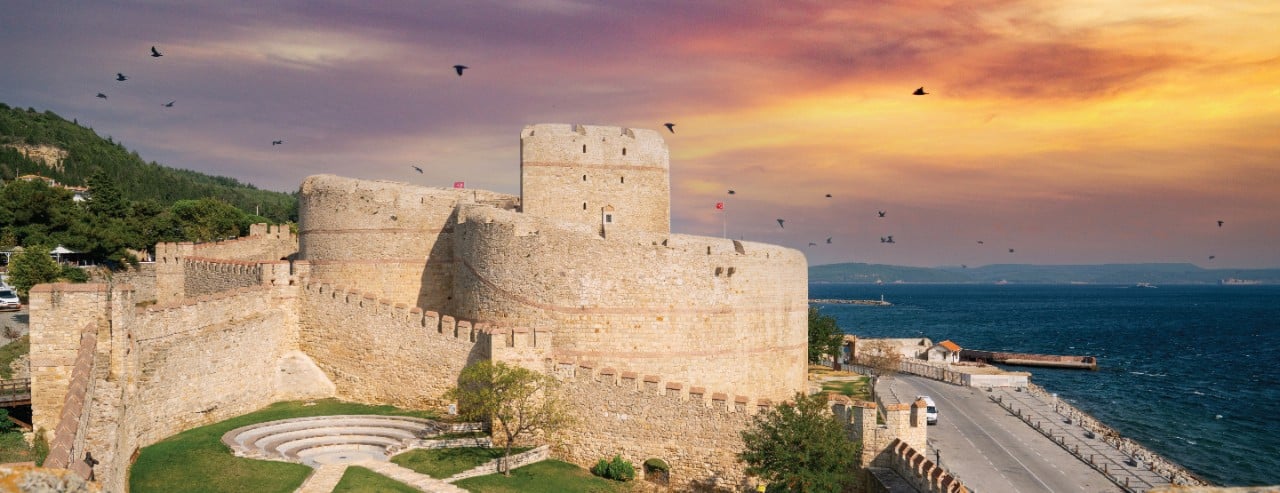The Dardanelles is a narrow strait rich in history and myth. From the ruins of Troy to the echoes of Gallipoli, every bend reveals a story. As you glide between Europe and Asia, admire timeless coastlines and strategic landmarks. It’s a historic and scenic highlight of your Holland America cruise through the eastern Mediterranean.
